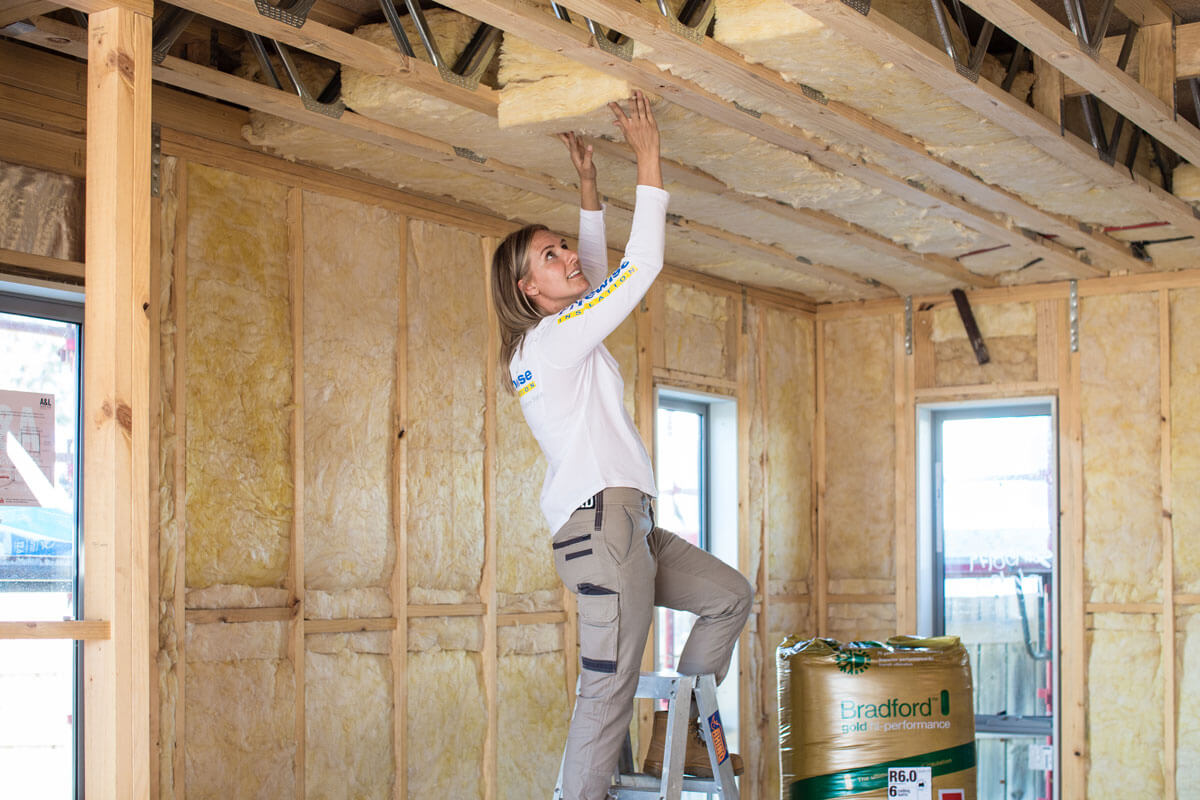

Articles
What Type Of Insulation For Ceiling
Modified: February 23, 2024
Looking for articles on what type of insulation to use for your ceiling? Find expert advice and tips on choosing the right insulation for optimal energy efficiency and comfort.
(Many of the links in this article redirect to a specific reviewed product. Your purchase of these products through affiliate links helps to generate commission for Storables.com, at no extra cost. Learn more)
Introduction
Choosing the right type of insulation for your ceiling is essential for maintaining a comfortable and energy-efficient home. Insulation helps to regulate the temperature, reduce noise levels, and improve overall energy efficiency by minimizing heat transfer. With various insulation options available, it is important to understand the different types and their benefits to make an informed decision.
In this article, we will explore four common types of insulation for ceilings: fiberglass insulation, cellulose insulation, spray foam insulation, and mineral wool insulation. Each type has its own set of advantages and considerations, so let’s dive in to find out which option may be best suited for your ceiling insulation needs.
Key Takeaways:
- Choose fiberglass insulation for an affordable, fire-safe, and easy-to-install option that provides excellent thermal resistance, making it a popular choice for ceiling insulation.
- Opt for mineral wool insulation for premium fire resistance and soundproofing, despite a higher cost, to enhance safety and reduce noise transfer in your home.
Read more: What Type Of Insulation For Walls
Fiberglass Insulation
Fiberglass insulation is one of the most popular and widely-used types of insulation for ceilings. It is made from tiny glass fibers that are woven together to form a dense, lightweight material. Fiberglass insulation comes in batts or rolls and is available in various thicknesses to suit different insulation needs.
There are several benefits to using fiberglass insulation for ceilings. Firstly, fiberglass has excellent thermal resistance properties, which means it can effectively keep heat from transferring between the indoors and outdoors. This helps to maintain a comfortable temperature inside your home throughout the year.
Furthermore, fiberglass insulation is non-combustible, meaning it does not easily catch fire. This adds an extra layer of safety to your home and can help to reduce the spread of fire in case of an emergency.
The installation process for fiberglass insulation is relatively straightforward. The batts or rolls are cut to fit the space between the ceiling joists and are then secured in place using staples or insulation hangers. It is important to wear protective clothing, such as gloves and a mask, when handling fiberglass insulation to prevent skin irritation and respiratory issues.
When considering the cost of fiberglass insulation, it is generally an affordable option compared to other types of insulation. The exact cost will depend on the size of the area to be insulated, the thickness of the insulation, and the region you are located in.
In summary, fiberglass insulation offers excellent thermal resistance, fire safety, and affordability. It is a popular choice for ceiling insulation due to its effectiveness and ease of installation.
Cellulose Insulation
Cellulose insulation is another option commonly used for ceiling insulation. It is made from recycled paper materials, such as newspapers, which are treated with fire-retardant chemicals to enhance safety. Cellulose insulation is available in loose-fill form, which is blown into the ceiling cavity to create a dense layer of insulation.
One of the main benefits of cellulose insulation for ceilings is its excellent thermal performance. It has a high R-value, which measures its resistance to heat transfer, making it an effective insulator. Cellulose insulation can help keep your home comfortable and reduce energy consumption by minimizing heat loss or gain through the ceiling.
Additionally, cellulose insulation is an environmentally friendly choice, as it is made from recycled materials. It helps to reduce waste and lower the carbon footprint associated with insulation production.
When it comes to the installation process, cellulose insulation is typically blown into the ceiling cavity using a special machine. The loose-fill material fills all the nooks and crannies, creating a seamless layer of insulation. It is important to hire a professional installer who is experienced in working with cellulose insulation to ensure proper installation and optimal performance.
In terms of cost considerations, cellulose insulation is generally more affordable than other types of insulation. The exact cost will depend on the size of the area to be insulated and the thickness of the insulation layer. However, it is important to note that the cost of hiring a professional installer should also be taken into account.
In summary, cellulose insulation offers excellent thermal performance, environmental sustainability, and affordability. It is a popular choice for ceiling insulation, providing effective coverage and energy efficiency.
Consider using fiberglass or cellulose insulation for your ceiling. These materials provide good thermal resistance and are relatively easy to install. Make sure to follow manufacturer’s guidelines for proper installation.
Spray Foam Insulation
Spray foam insulation is a versatile and efficient option for ceiling insulation. It is a two-component mixture that expands upon application, creating a tight seal and providing excellent insulation properties. Spray foam insulation is typically installed by professionals using specialized equipment.
One of the key benefits of spray foam insulation for ceilings is its superior air sealing capabilities. The foam expands and fills any gaps or cracks, effectively preventing air leakage and minimizing drafts. This can lead to increased energy efficiency and reduced heating and cooling costs.
Another advantage of spray foam insulation is its ability to provide both thermal insulation and soundproofing. The foam creates a barrier to block sound transmission, making it an ideal choice for ceilings where noise reduction is desired.
The installation process for spray foam insulation involves spraying the foam directly onto the ceiling surface. It expands to fill the cavity and hardens within a short period of time. Due to its complex nature and the use of specialized equipment, it is recommended to hire professional installers with experience in working with spray foam insulation.
When it comes to cost considerations, spray foam insulation tends to be more expensive than other types of insulation. This is primarily due to the specialized equipment and professional installation required. However, it is important to note that spray foam insulation offers long-term benefits such as energy savings and improved indoor comfort.
In summary, spray foam insulation provides excellent air sealing, thermal insulation, and soundproofing capabilities. While it may be a higher upfront cost, it can offer significant long-term benefits for ceiling insulation.
Mineral Wool Insulation
Mineral wool insulation, also known as rock wool or stone wool, is a popular choice for ceiling insulation. It is made from natural materials such as basalt or diabase rock that is melted and spun into fibers. These fibers are then formed into batts or loose-fill insulation.
One of the key benefits of mineral wool insulation for ceilings is its excellent fire resistance. Mineral wool is non-combustible and can withstand high temperatures without melting or releasing toxic gases. This makes it a highly desirable option for enhancing fire safety in homes.
Another advantage of mineral wool insulation is its superior soundproofing properties. It effectively absorbs sound and reduces noise transfer, making it ideal for ceilings in areas where noise control is important, such as home offices, theaters, or bedrooms.
The installation process for mineral wool insulation depends on the form it is available in. For batts, they are fitted between ceiling joists and secured in place using insulation hangers or staples. Loose-fill mineral wool insulation can be blown into the ceiling cavity using specialized equipment. It is crucial to wear protective clothing, such as gloves and a mask, during installation to prevent irritation from the fibers.
When considering the cost of mineral wool insulation, it is generally more expensive than other types of insulation. The exact cost will depend on factors such as the thickness of the insulation, the size of the area to be insulated, and the region you are located in. However, the fire safety and soundproofing benefits offered by mineral wool insulation make it a worthwhile investment for many homeowners.
In summary, mineral wool insulation provides excellent fire resistance, soundproofing capabilities, and is available in various forms for easy installation. It is a premium choice for ceiling insulation, offering enhanced safety and acoustic performance.
Read more: What Type Of Insulation For Floors
Conclusion
Choosing the right type of insulation for your ceiling is crucial for achieving optimal energy efficiency, comfort, and safety in your home. In this article, we explored four common types of ceiling insulation: fiberglass insulation, cellulose insulation, spray foam insulation, and mineral wool insulation.
Fiberglass insulation is a popular and affordable option, offering excellent thermal resistance and fire safety. It is relatively easy to install and provides effective temperature regulation for your home.
Cellulose insulation, made from recycled paper materials, offers excellent thermal performance and environmental sustainability. It is a cost-effective choice with a high R-value, helping to keep your home comfortable and reduce energy consumption.
Spray foam insulation is a versatile option that provides superior air sealing, thermal insulation, and soundproofing capabilities. While it may be more expensive upfront, its long-term benefits can justify the investment.
Mineral wool insulation, known for its fire resistance and soundproofing properties, is an excellent choice for enhancing safety and reducing noise transfer in your home. It may have a higher cost, but its unique benefits make it a premium option.
When selecting the right insulation for your ceiling, it is important to consider factors such as your budget, desired thermal performance, fire safety requirements, and noise reduction needs.
It is recommended to consult with professionals who can assess your specific needs and provide expert guidance on the best insulation type for your ceiling. They will ensure proper installation, maximizing the insulation’s effectiveness and performance.
Ultimately, investing in high-quality insulation for your ceiling will help create a more comfortable and energy-efficient home, saving you money on heating and cooling costs while improving your overall living experience.
Continue researching and consulting with experts to make an informed decision that meets your specific requirements and contributes to a greener and more sustainable future.
Frequently Asked Questions about What Type Of Insulation For Ceiling
Was this page helpful?
At Storables.com, we guarantee accurate and reliable information. Our content, validated by Expert Board Contributors, is crafted following stringent Editorial Policies. We're committed to providing you with well-researched, expert-backed insights for all your informational needs.
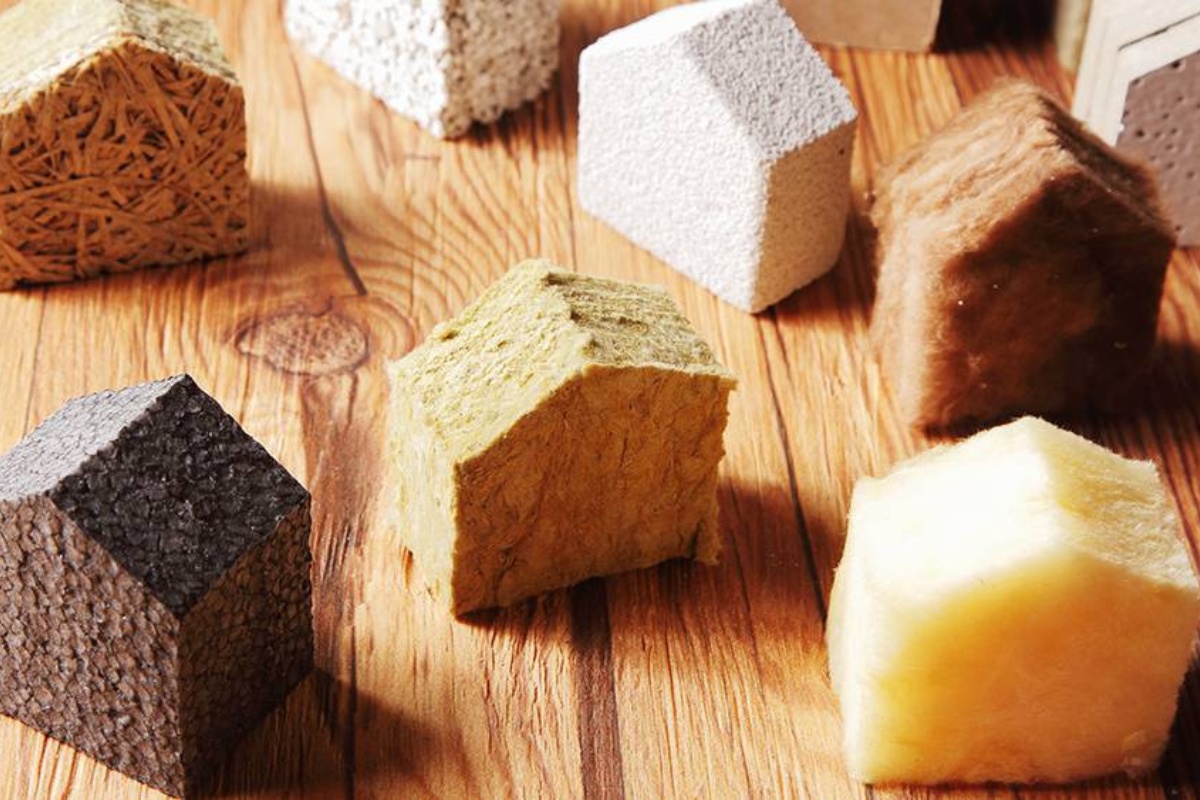
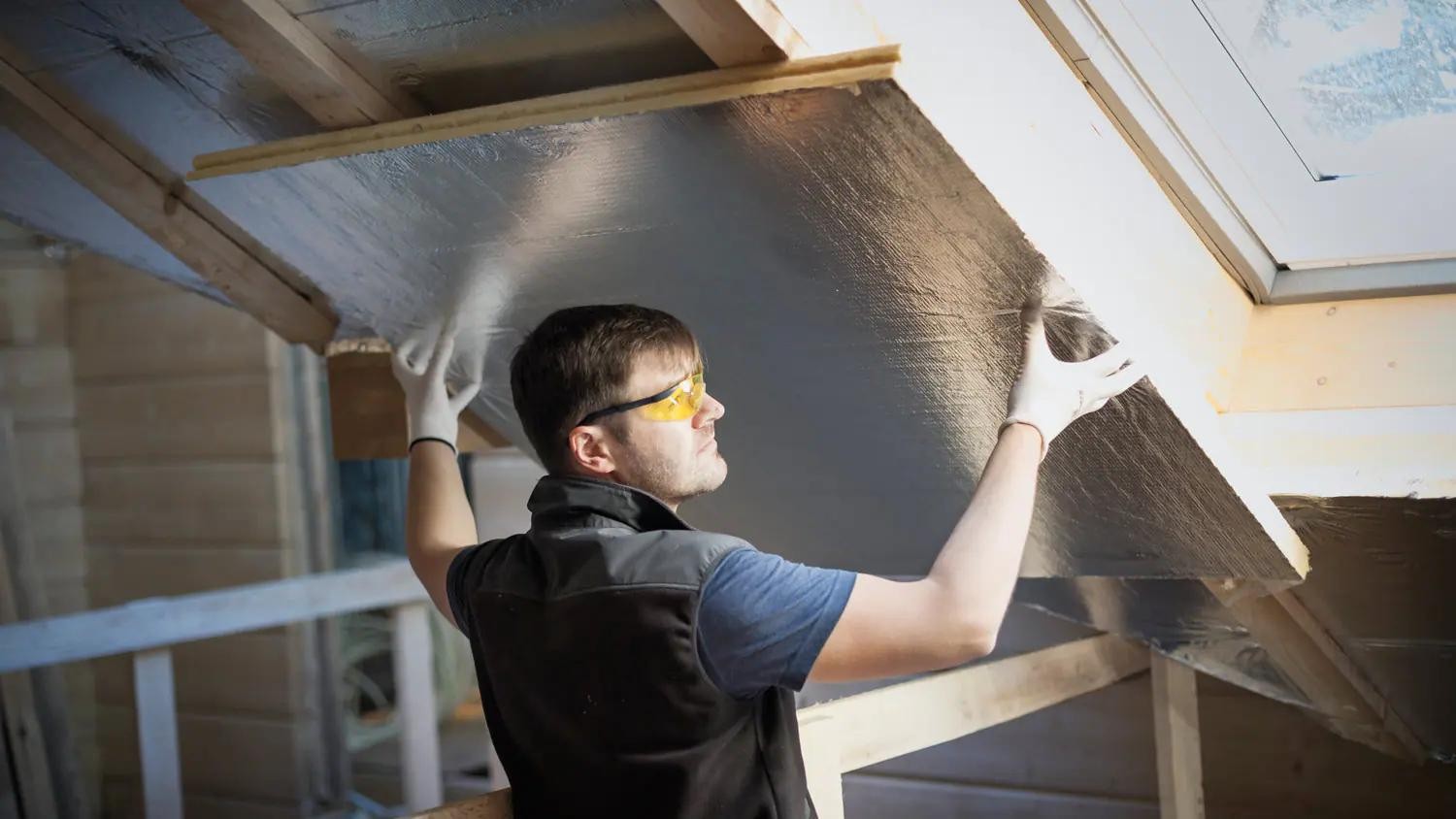
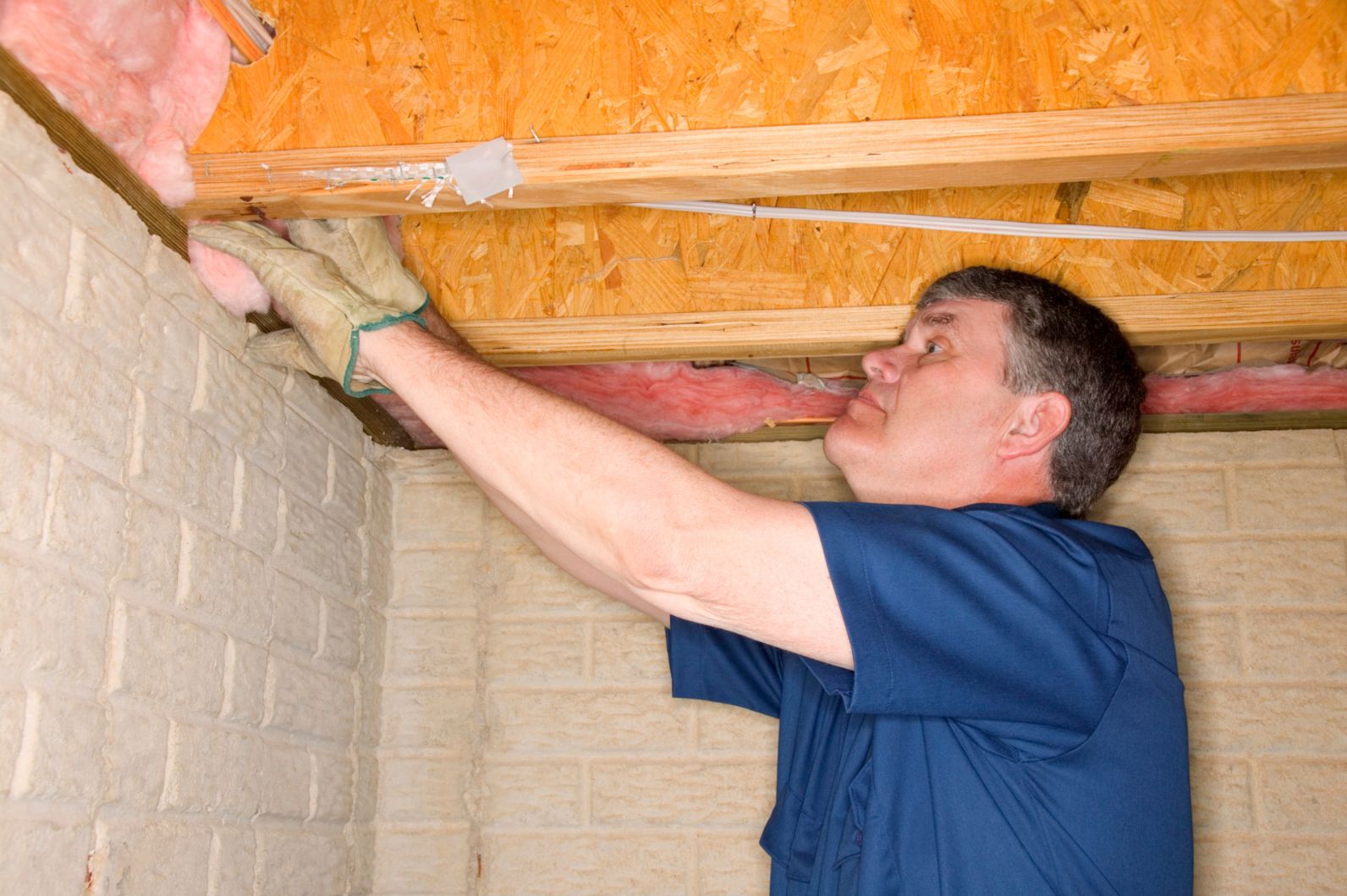
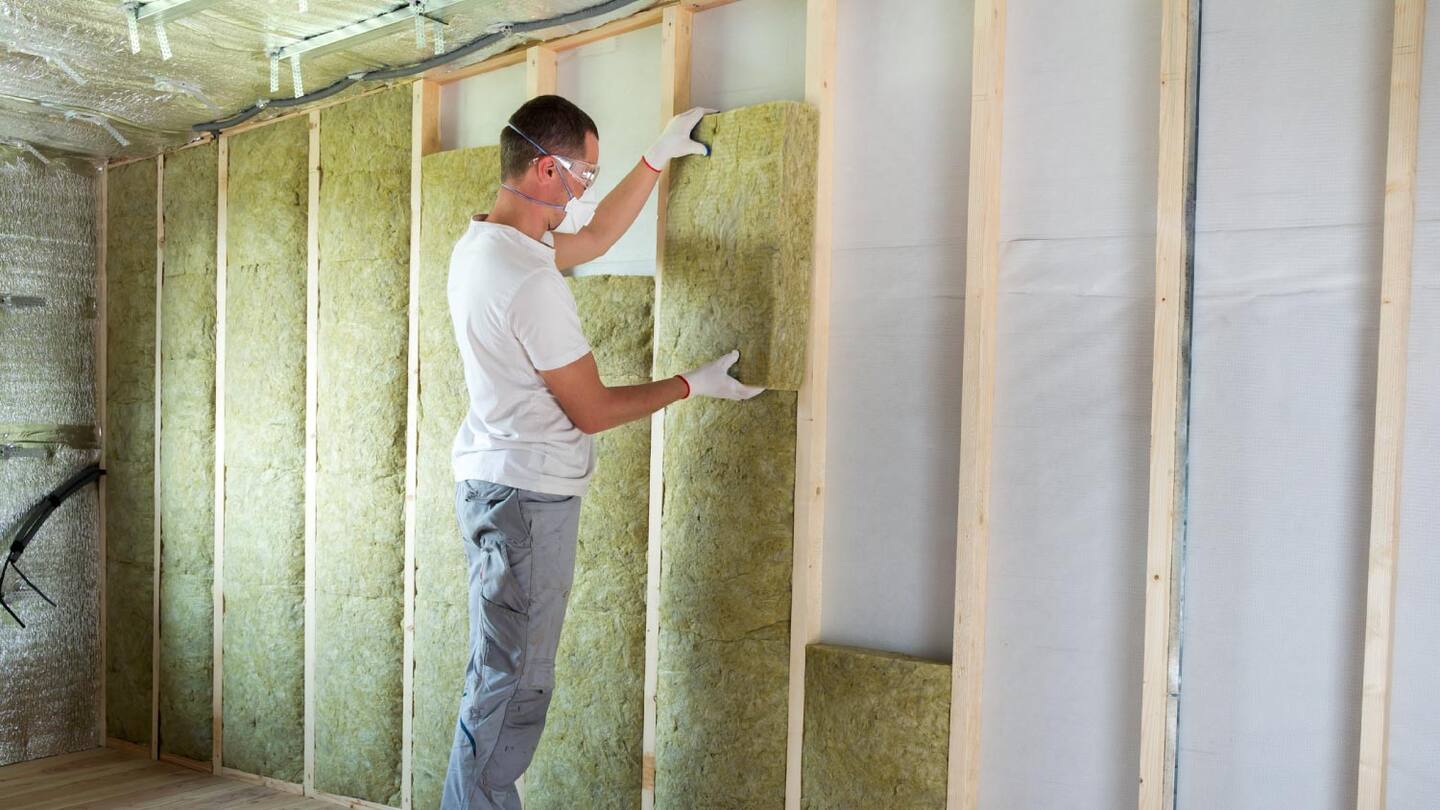
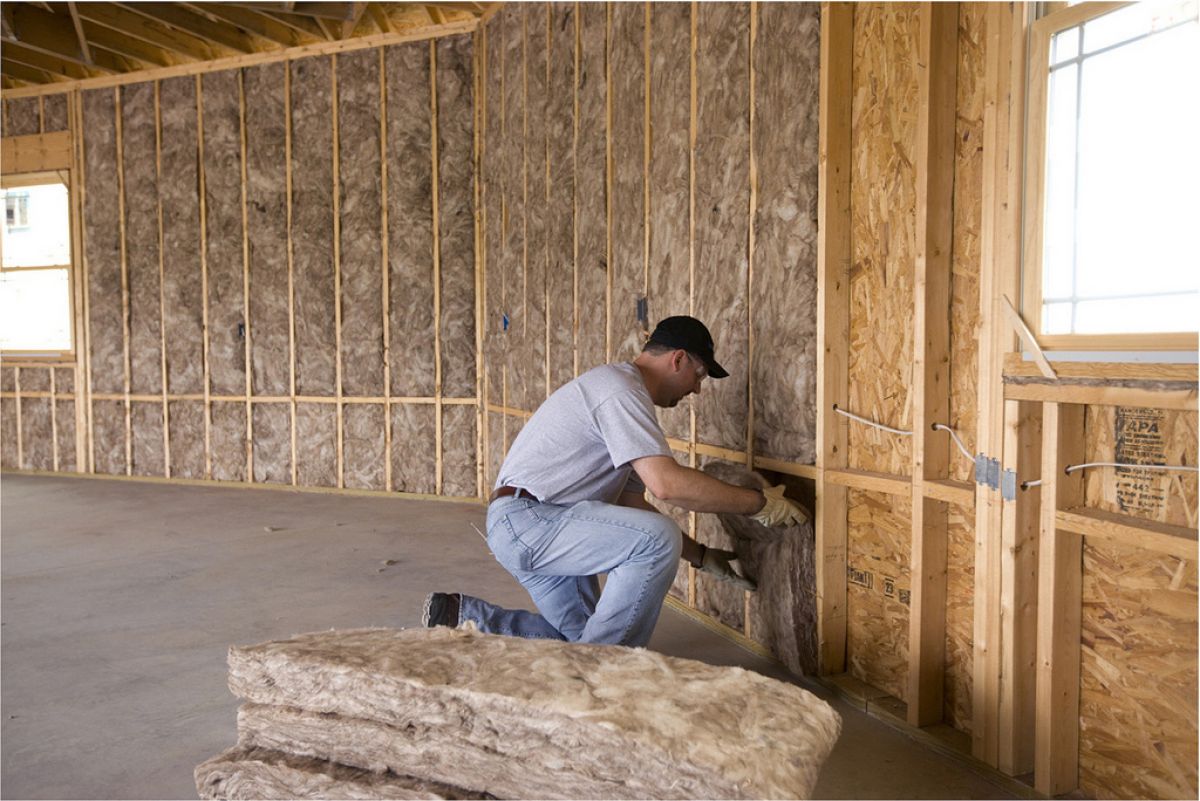
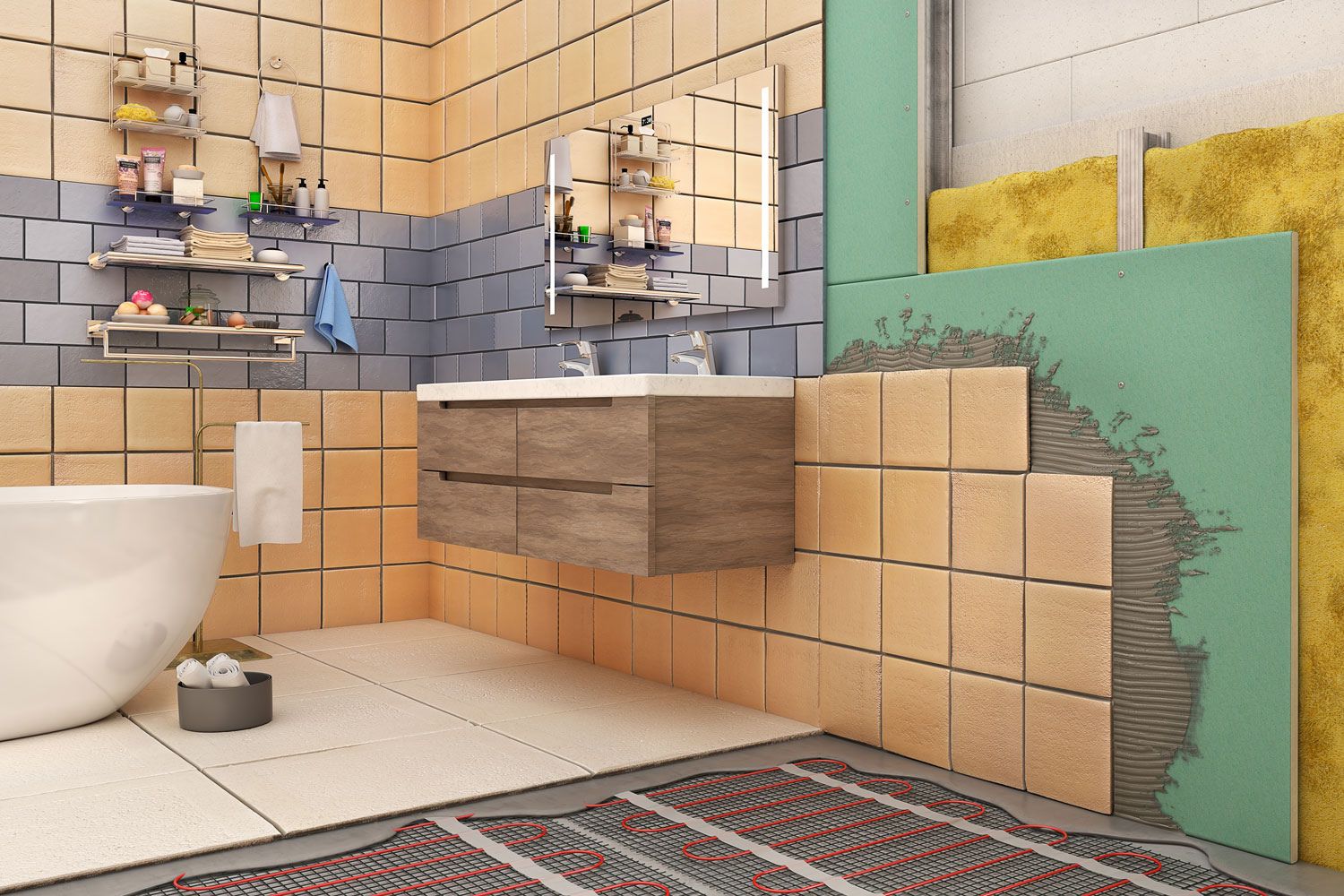
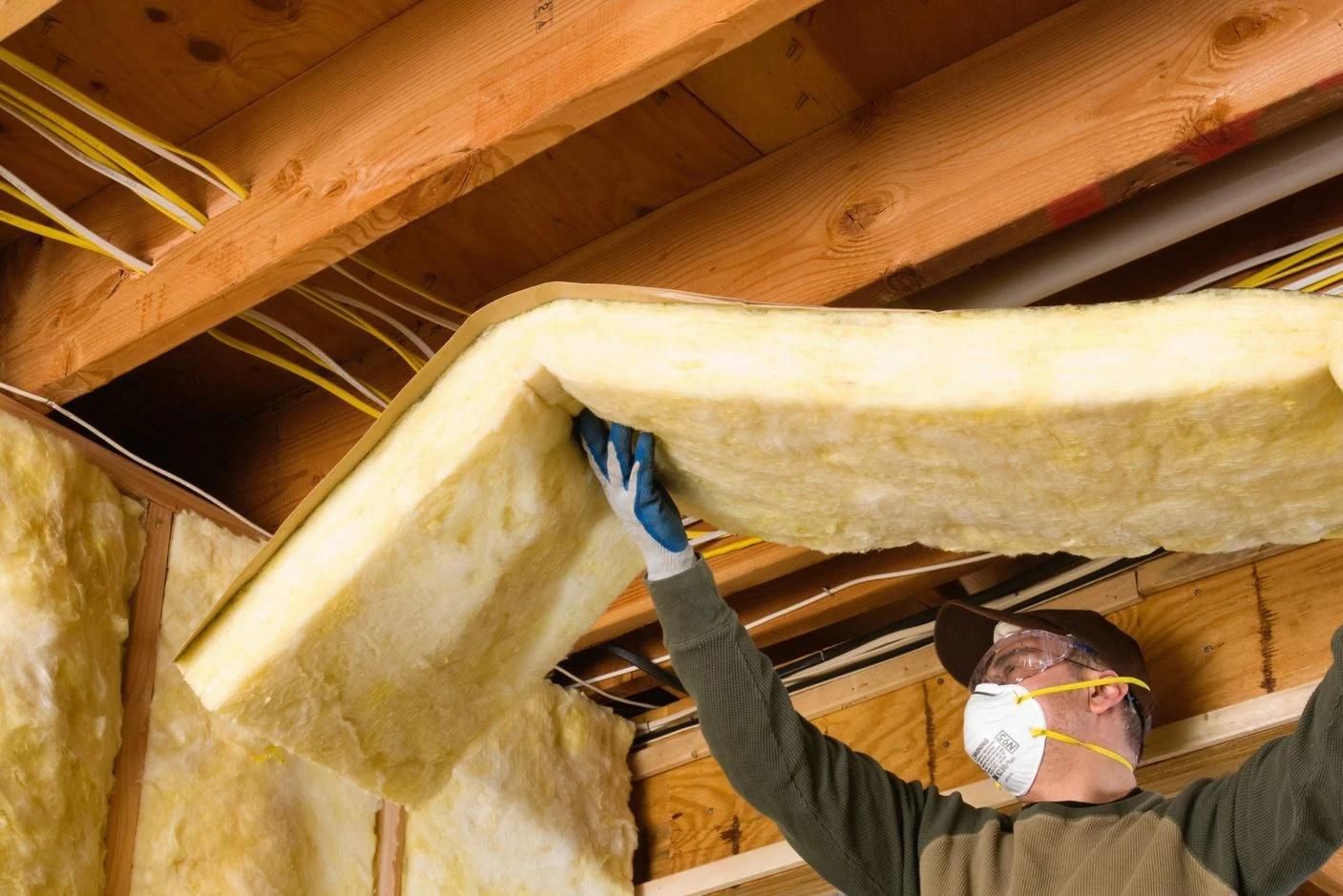
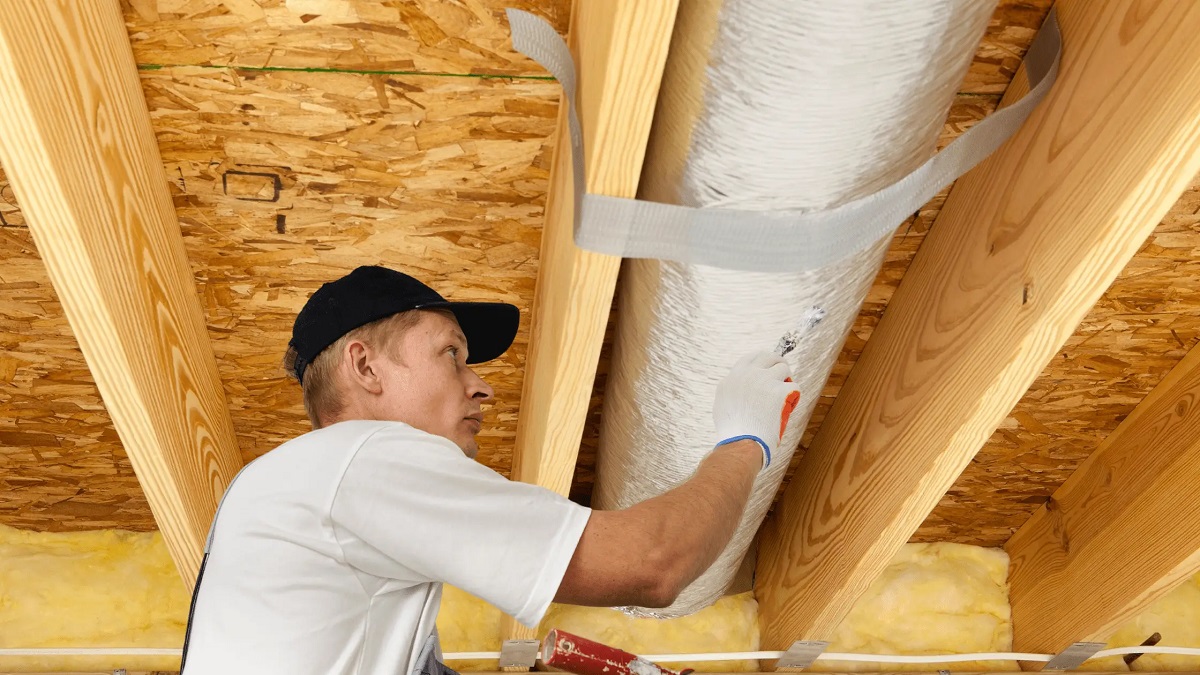
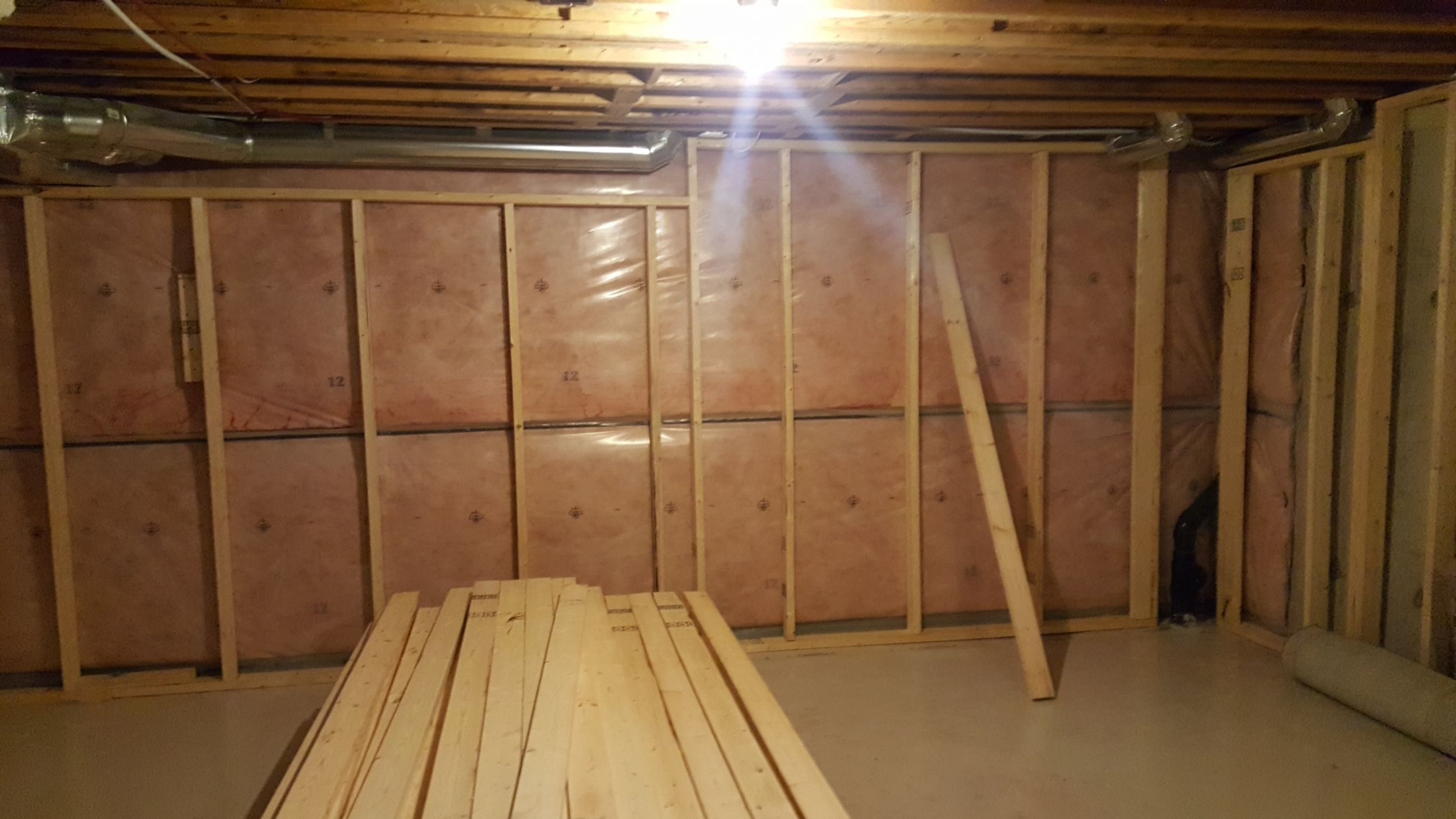
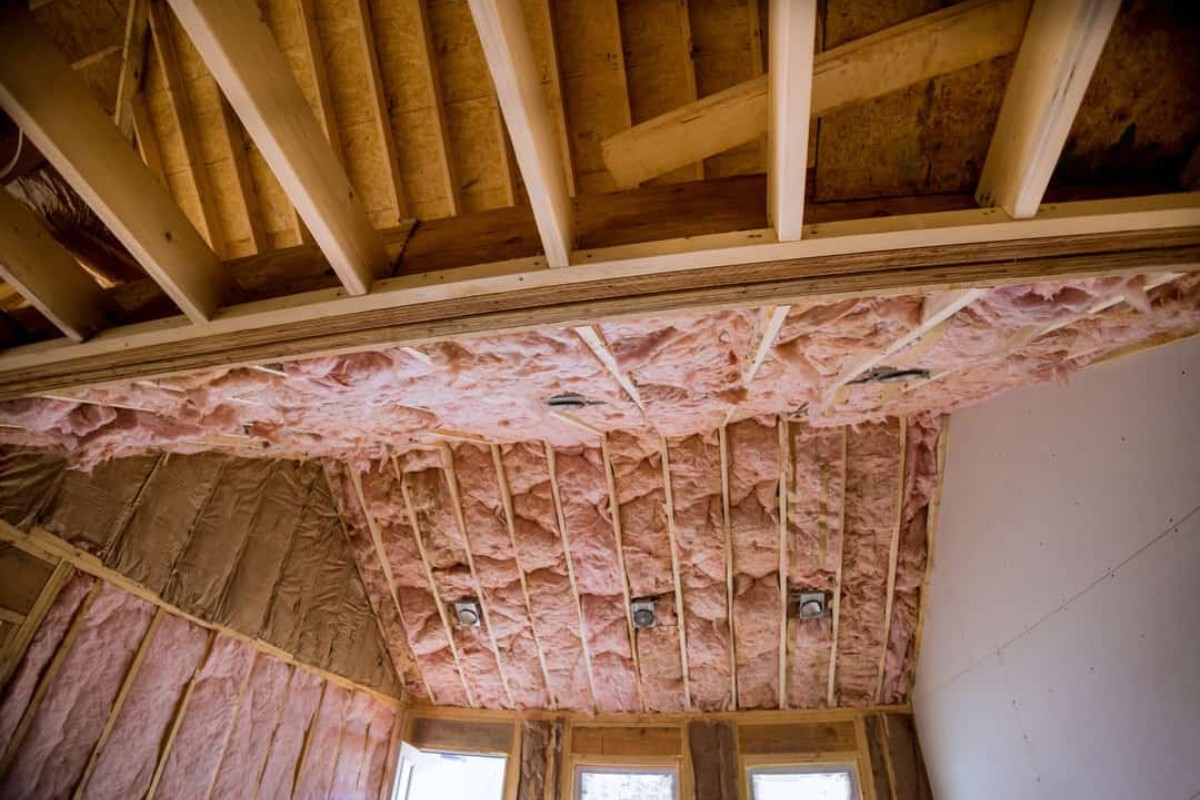
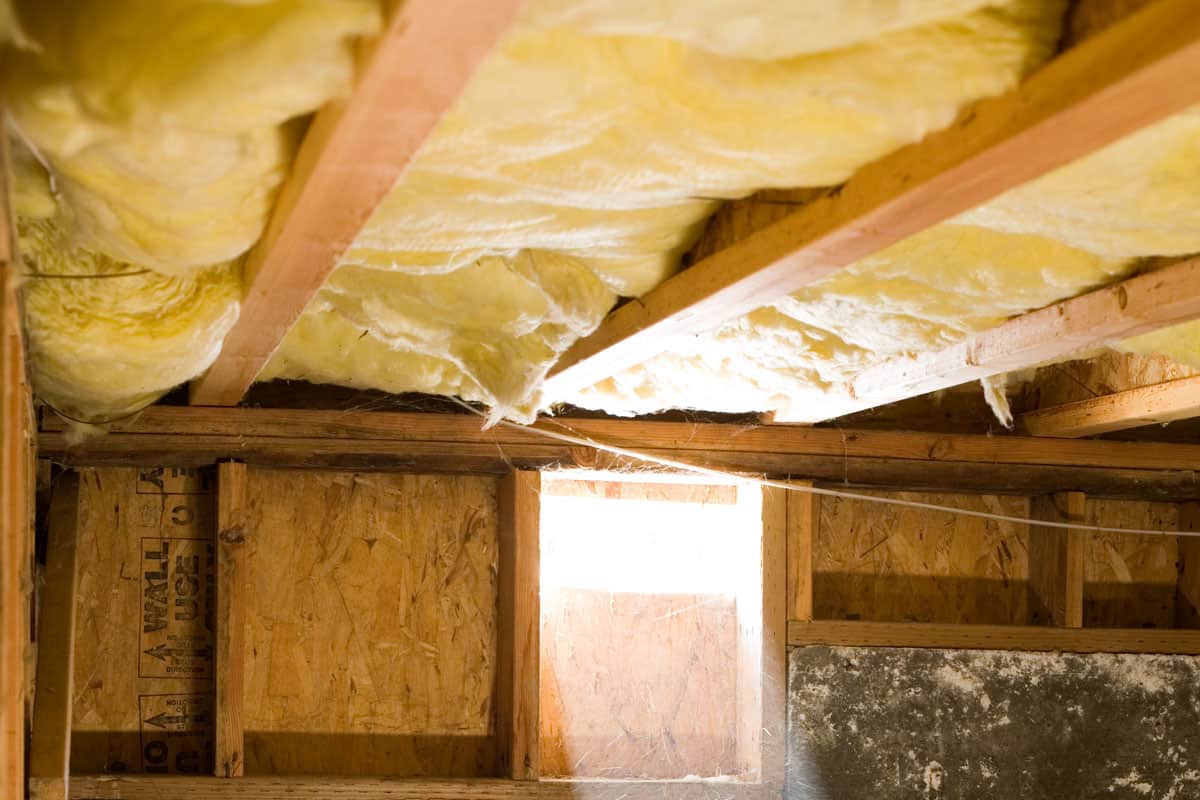
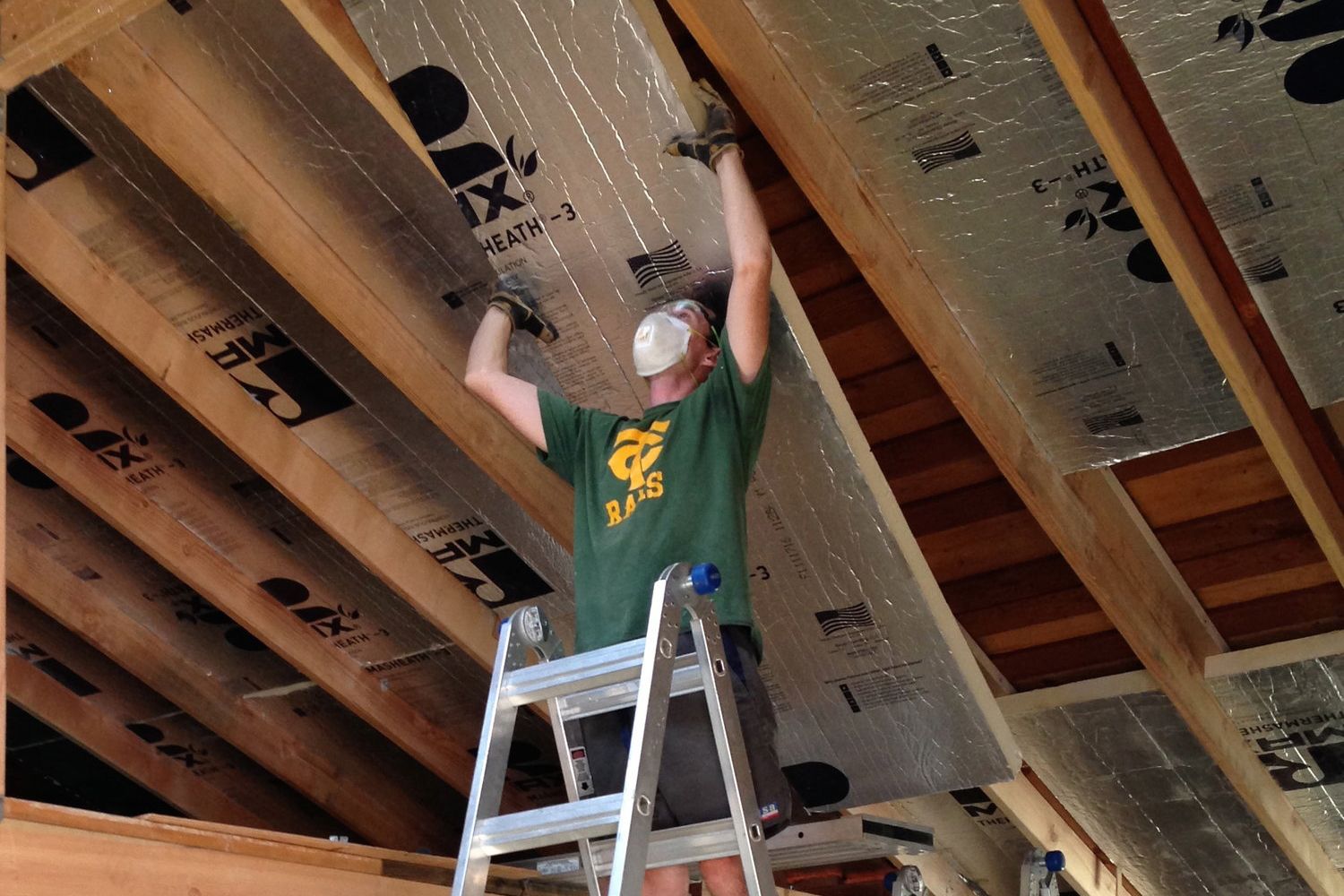
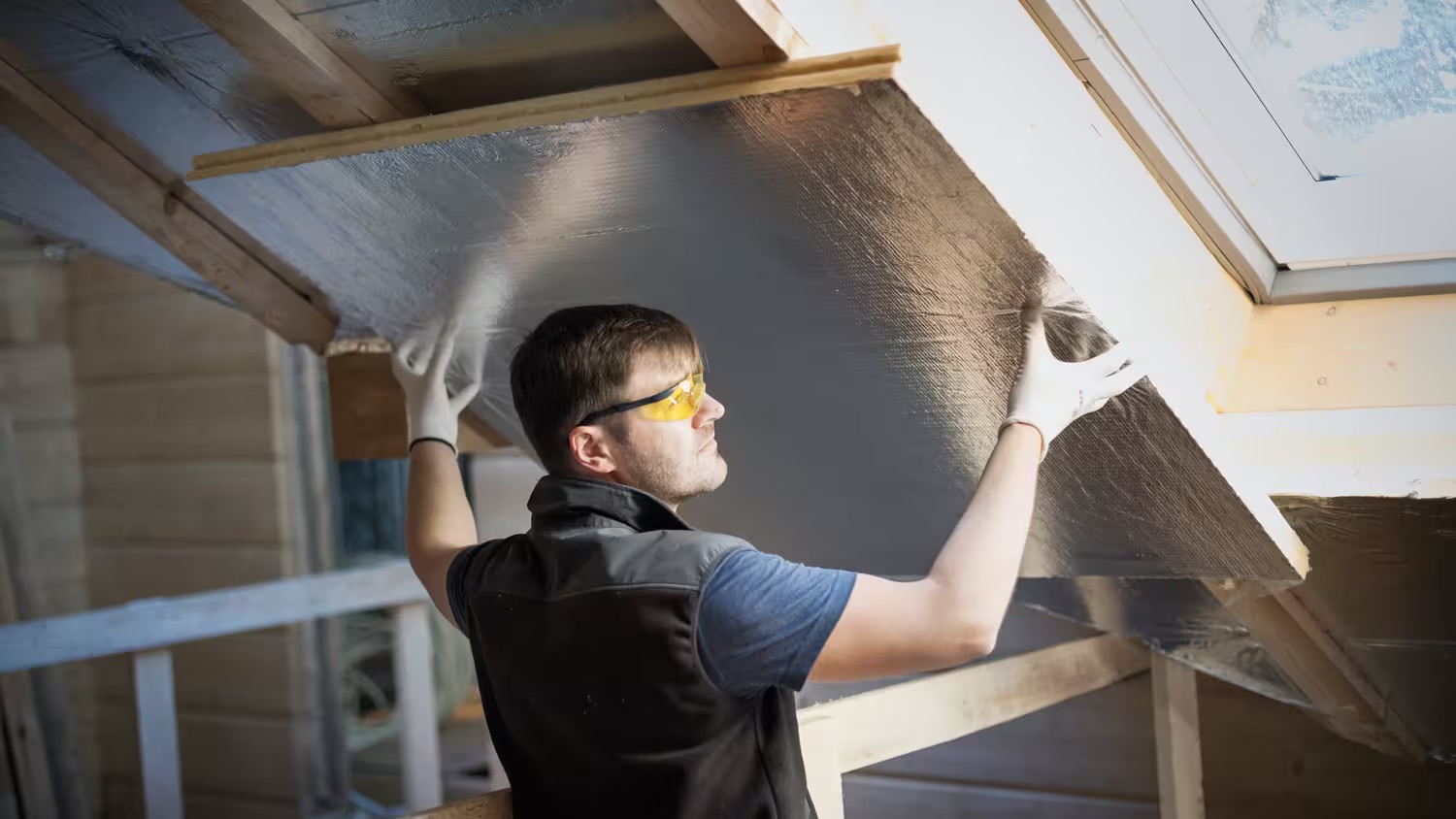
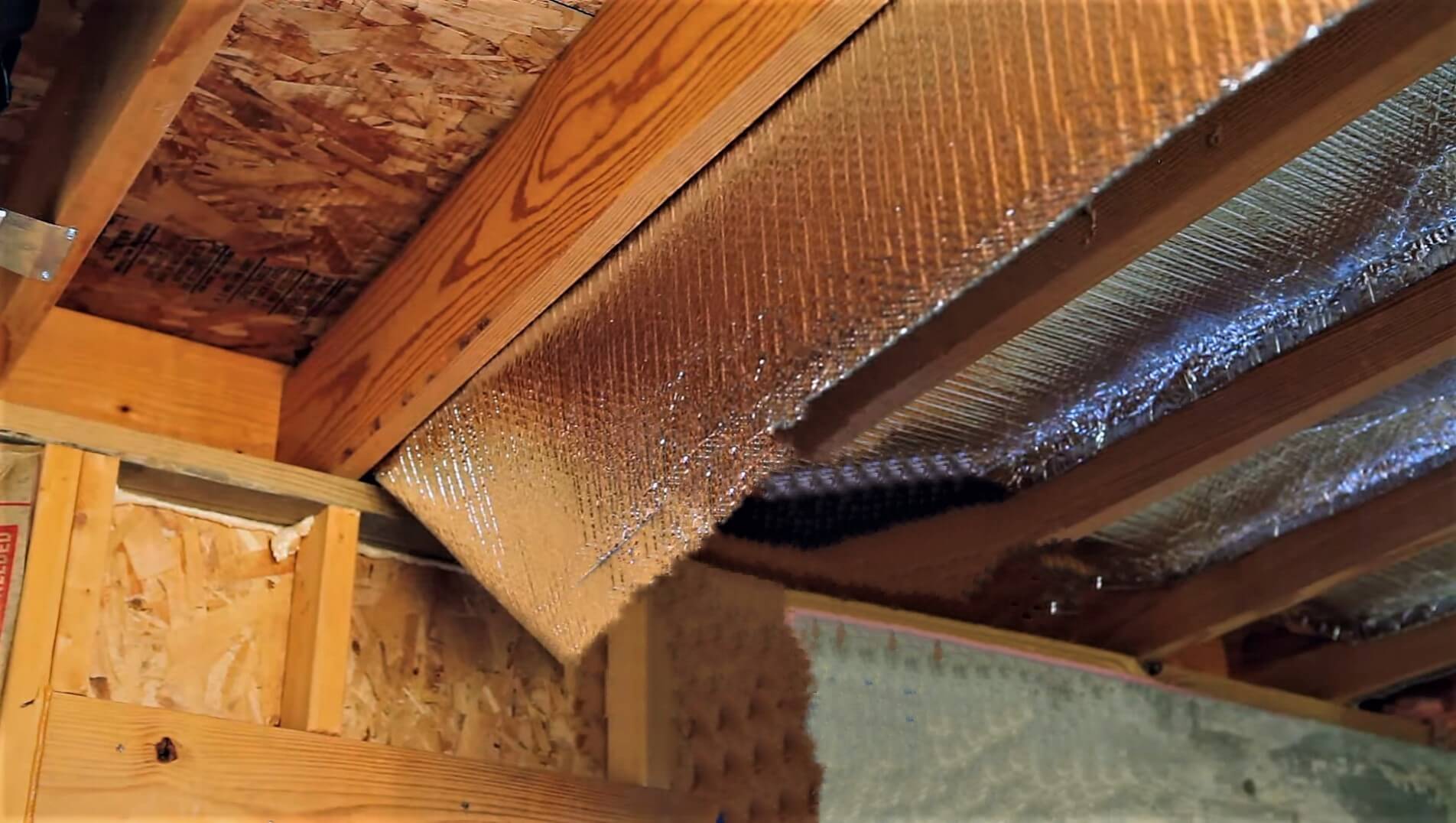

0 thoughts on “What Type Of Insulation For Ceiling”